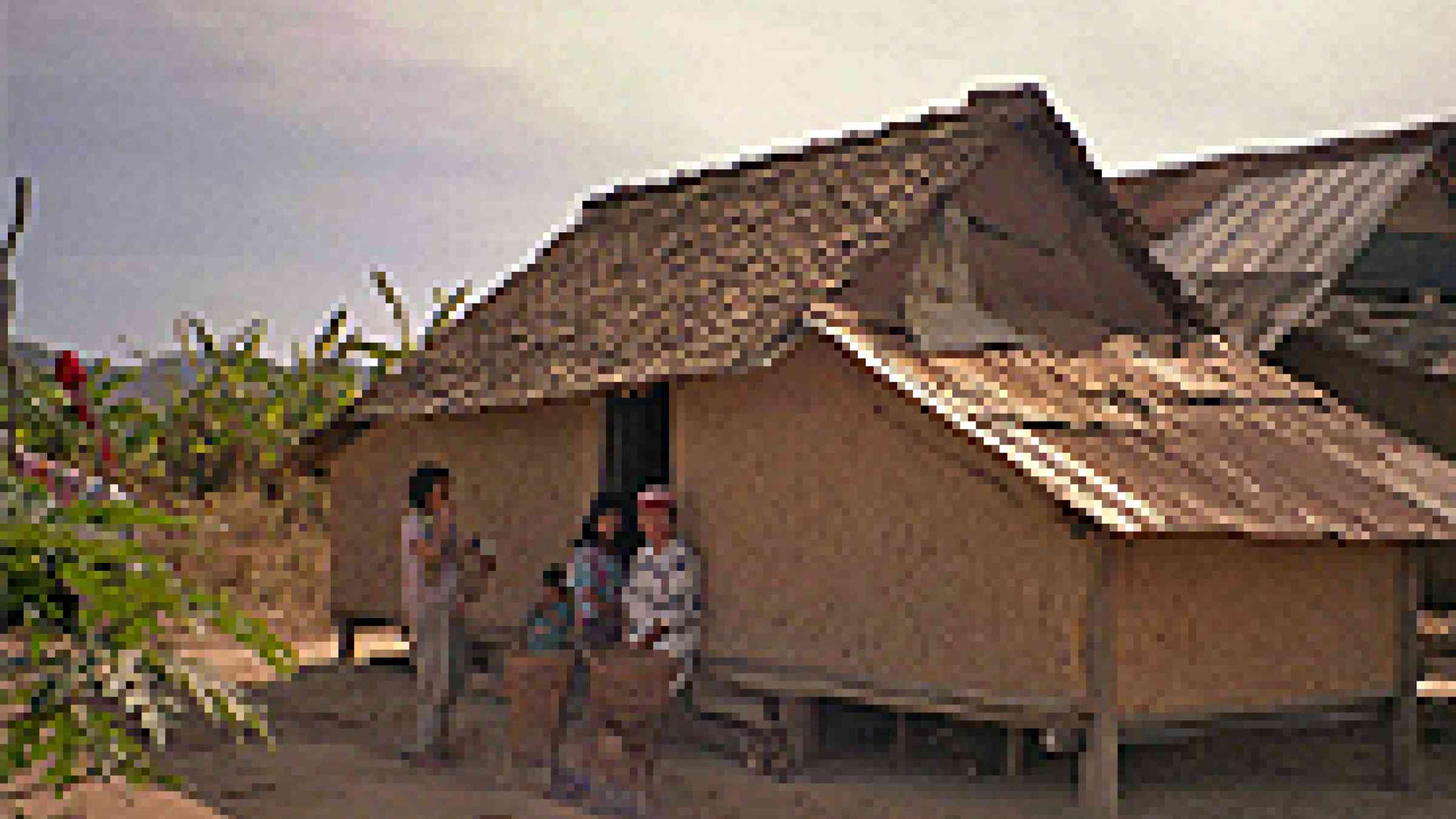
By Elisabeth Best
[...]
But in the age of global warming, bamboo has a benefit beyond construction: Both young and mature bamboo plantations capture more carbon than similar stands of trees. In a 2007 paper titled "Sub-optimal Equilibriums in the Carbon Forestry Game: Why Bamboo Should Win and Why It Will Not," energy specialist Raya Kühne said, "A non-tree species — bamboo — may be one of the species most well-suited to the Clean Development Mechanism's goals of maximizing carbon revenues and promoting sustainable development."
In the Japanese culture, bamboo symbolizes "the perfect man." It is strong but flexible and was the first green plant to reappear after the bombing of Hiroshima. Bamboo has twice the compression strength of concrete and half the tensile strength of steel.
The Chinese have used it for more than 5,000 years for housing, food, furniture, medicine and "fire arrows." In Ecuador, the pre-Columbian record includes pottery from 3,500 B.C. that depicts bamboo dwellings, and colonial-era buildings in Colombia have bamboo in their walls. Thomas Edison carbonized bamboo for use in the first successful light filaments, and an entirely bamboo airplane was constructed in the Philippines in the 1940s.
[...]